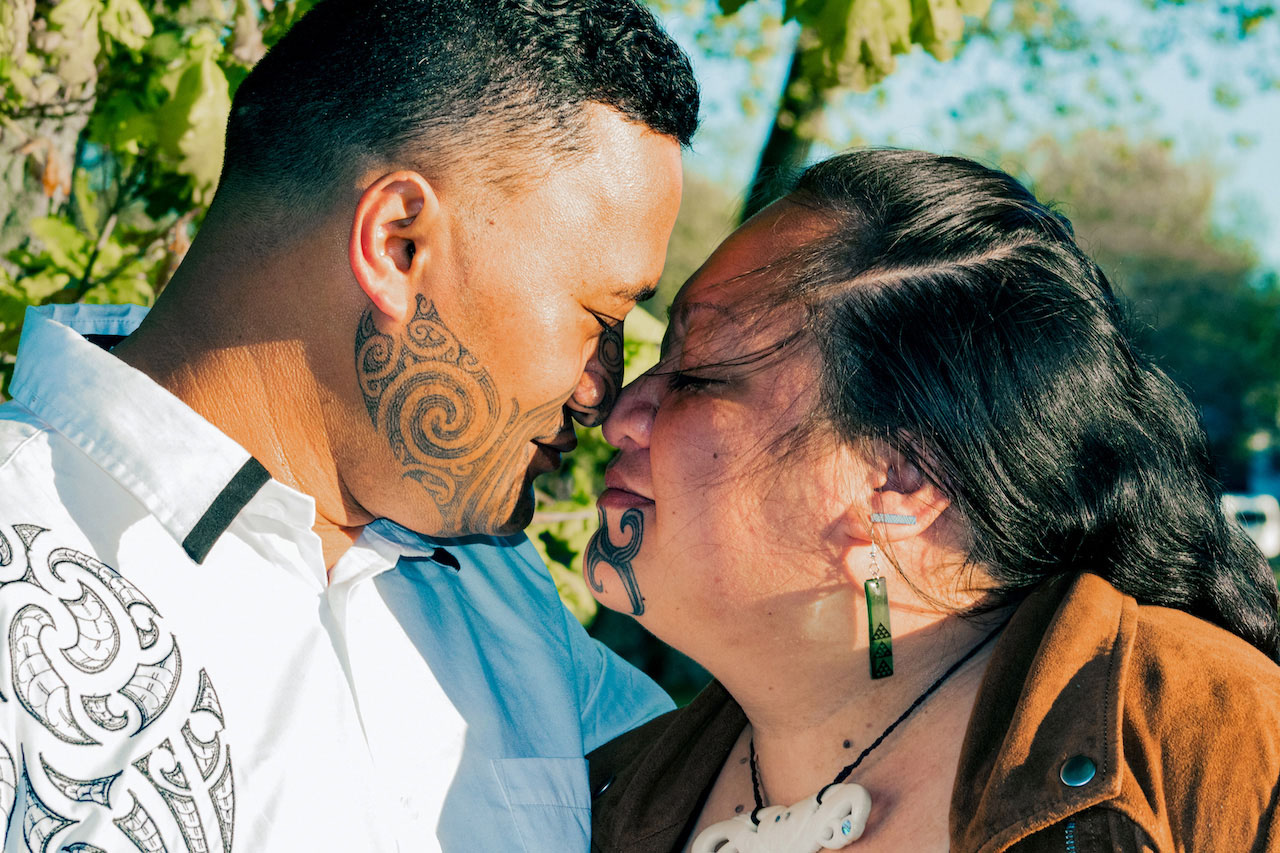Better healthcare access for vulnerable communities in New Zealand
At Boehringer Ingelheim, we're committed to eliminating health disparities and improving access to medicines for vulnerable communities. We know that when people have access to the same quality of healthcare, regardless of their race, ethnicity, socioeconomic status, gender, sexual orientation, or any other characteristic, they are better positioned to live healthier lives.

But what does that mean in practice?
It means we're working with our partners in New Zealand to bring affordable diabetes medicine to people who need it most—and that includes indigenous Māori and Pacific Islander communities. These communities experience significant disparities in health outcomes: according to a recent report, a quarter of all New Zealand's Pacific peoples could be diagnosed with T2D in 20 years' time1: ten years younger than other diagnosed New Zealanders and likely with more complications. This concerning trend is similar for Māori people with the prevalence of Type 2 Diabetes twice as high in New Zealand than other ethnicities.
More equitable access to new diabetes medicines
Collaborating with healthcare professionals, patient advocacy groups and the Labour Pasifika Caucus we helped PHARMAC, the medicines funding agency, to include ethnicity as a criteria for T2D medicine access on the New Zealand subsidised medicines program. This was the first time these vulnerable communities were prioritised in the healthcare queue. As a result, approximately 25,000 Māori and Pasifika patients with T2D received this effective medication within the first 12 months. Ethnicity is now considered for other healthcare priorities for these vulnerable communities.
A personal connection
“My mother comes from the Cook Islands, and we have a tendency towards large, multi-generational families, all living under one roof. We put the family first and since funds tend to be stretched, we don’t go to the doctor’s as often as we should. Everyone has a family member with T2D.”
“There has been a lack of information about the true impact of T2D, especially for our vulnerable communities. There was a need to improve how we were raising awareness of this disease in a culturally appropriate manner.”

Nothing sweet about it
The Māori and Pacific community is diverse. That's why we knew we had to partner with people who were part of the community. Working with Pacific Media Network, we invested in a family focused diabetes media campaign. The content included Pacific healthcare and community leaders, patients and carers and used digital channels like Facebook and TikTok. The goal was to create more awareness, understanding and support for families so they can encourage family members to seek health care services sooner.

Creating more impact through greater reach
We will use the lessons learned from these projects to speak to and involve additional key stakeholders, such as
policy makers and leaders within the Māori and Pacific communities. A campaign targeting specifically the Māori community is currently being developed. “A ‘one size fits all approach’ doesn’t work for remote, vulnerable communities. You need to go to the communities, involve their leaders, listen to their perspectives, and acknowledge that providing the right medicine is just one component of a more holistic, sustainable approach to healthcare, in order to meet their needs,” said Tony Davison.
References1. The Economic and Social Cost of Type 2 Diabetes. (2021). Available at: https://healthierlives.co.nz/wp-content/uploads/Economic-and-Social-Cost-of-Type-2-Diabetes-FINAL-REPORT.pdf.

